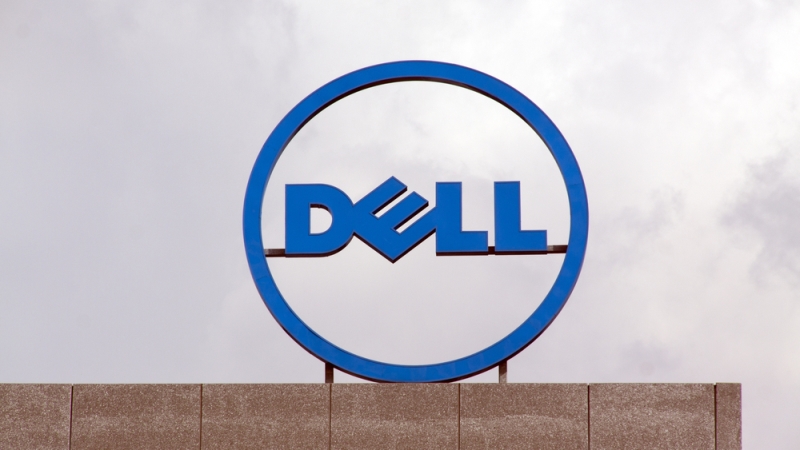
Dell Technologies today introduced a new end-to-end zero trust security solution – dubbed Project Fort Zero – for global organizations to protect against cyberattacks.
The new solution – unveiled at Dell Technologies World in Las Vegas on May 23 – will be validated by the Department of Defense (DoD) and available to public and private-sector organizations within the next 12 months.
“Zero Trust is designed for decentralized environments, but integrating it across hundreds of point products from dozens of vendors is complex – making it out of reach for most organizations,” Dell Technologies Federal Chief Technology Officer Herb Kelsey, said. “We’re helping global organizations solve today’s security challenges by easing integration and accelerating adoption of Zero Trust.”
Project Fort Zero builds on the momentum of Dell’s Zero Trust Center of Excellence and partner ecosystem to accelerate zero trust adoption. Leading an ecosystem of more than 30 leading technology companies, Dell will deliver a validated, advanced maturity zero trust solution that aims to lower the barrier to zero trust adoption.
Dell will take on the technology integration and orchestration that typically falls to individual organizations across several vendors. In doing so, the estimated time for advanced zero trust adoption is reduced through a private cloud, the tech giant said.
To achieve validation, a government assessment team will evaluate the Project Fort Zero solution for advanced maturity accreditation and certify compliance against the DoD’s Zero Trust Reference Architecture. This end-to-end solution will help public and private-sector organizations adapt and respond to cybersecurity risks while offering the highest level of protection.
Project Fort Zero can serve a variety of use cases:
- On-prem data centers for organizations where data security and compliance are paramount;
- Remote or regional locations like retail stores where secure, real-time analysis of customer data can deliver a competitive advantage; and
- The field where a temporary implementation is needed in places with intermittent connectivity, like airplanes or vehicles, for operational continuity.
“Organizations are turning to Zero Trust to modernize their cybersecurity programs and keep pace with an evolving attack landscape. But determining where to start, the capabilities to prioritize and the actions needed to progress towards maturity can be complicated,” said John Grady, a principal analyst at Enterprise Strategy Group.
“Security and IT leaders need help planning their strategy and implementing the tools to support it,” he added. “Project Fort Zero can help accelerate this process by delivering a repeatable blueprint for an end-to-end solution that is based on a validated reference architecture recognized around the world.”
